KUALA LUMPUR – Rail experts have raised concern over the use and safety aspects of driverless trains in the wake of major disruptions on Rapid KL’s Kelana Jaya (KJ) Light Rail Transit (LRT) line lately.
Despite the fact that automated train operations (ATO) on the KJ line have transported millions of commuters over the past 25 years, critics point to the effectiveness of non-automated train operations (NTO) or manually operated trains, which have performed well for quite a while.
“Why is it that it is almost unheard of for disruptions or problems on the Ampang and Sri Petaling lines?
“It is because the trains are operated by human drivers, and this is where Ampang and Sri Petaling LRT services give you the advantage over the Kelana Jaya line,” said the expert who requested anonymity to speak on the matter.
In November, KJ line operations were suspended for nearly a week following disruptions several days before.
Prasarana Malaysia Bhd, which owns and operates Rapid KL services, attributed the disruptions to failures in the signalling and automatic train control (ATC) systems.
Confusion plagued the issue with Prasarana admitting that it could not pinpoint the exact cause of the crisis involving the automated riding system.
The service suspension involving 16 stations between Kelana Jaya and Ampang Jaya some ten weeks ago had affected nearly 1.4 million commuters.
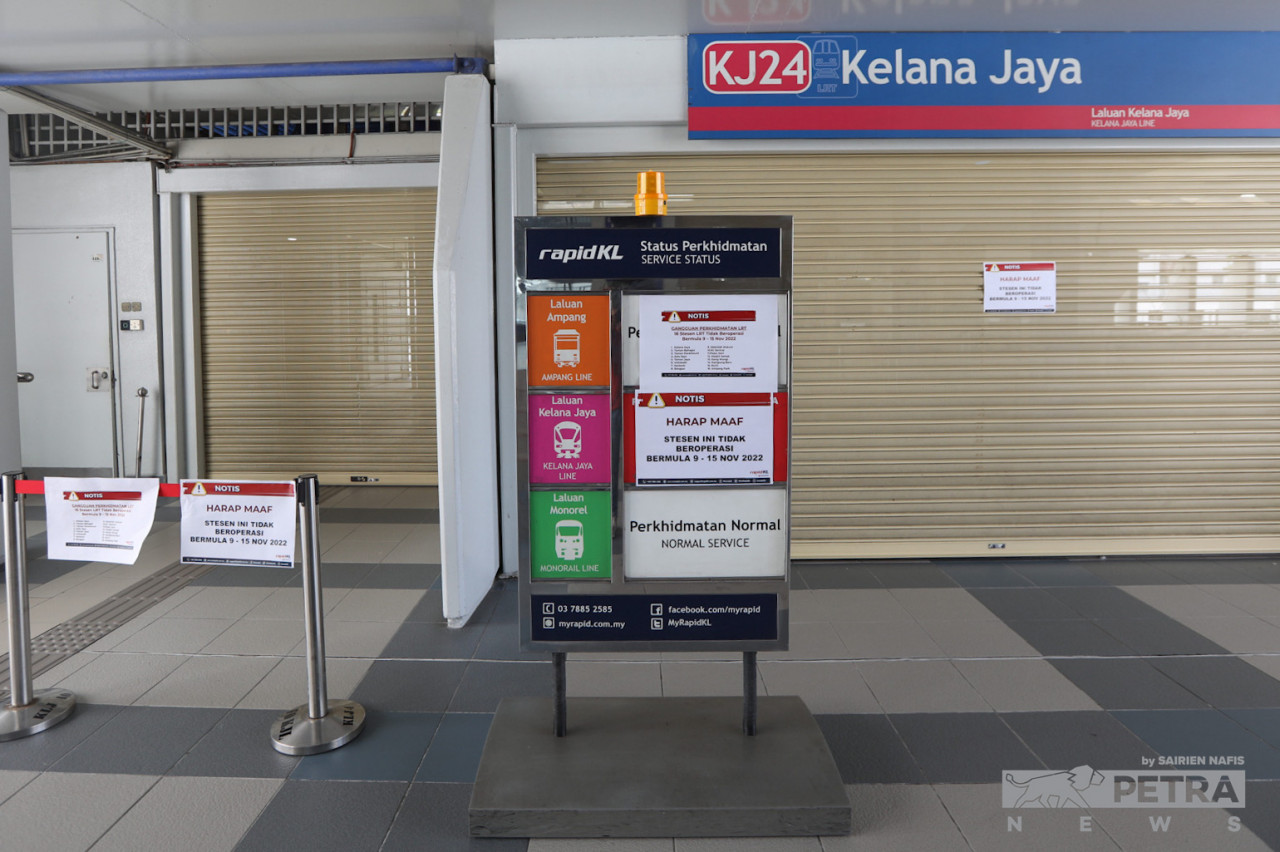
On the likely causes of the constant disruption to the Vehicle Control Centre (VCC) 1 between Kelana Jaya and Ampang Park, the rail expert averred that it was due to the system’s inability to cope with the latest addition of VCC4 between Lembah Subang and Putra Heights in the past seven years.
“This requires an urgent upgrade for VCC1 and it has been delayed since 2016 because of funding and maintenance issues, and unfortunately the mediocre performance of VCC1 has been found out last year,” the source said.
Last week, public confidence in public transport was further dented as more delays struck the KJ line due to a switch malfunction, resulting in all trains moving slowly and stopping for longer periods.
Claiming that system failures have been a familiar tune for the Klang Valley’s LRT services since 2011, the insider asserted that “the Ampang line also experienced signalling issues over the years.”
“But the Ampang and Sri Petaling LRT services were not interrupted, unlike Kelana Jaya (line), since there were train drivers who could cope with the challenging situations, including the time when the control centre couldn’t detect the movement of the trains because of signalling issues.”
The source stressed that to say that the Ampang and Sri Petaling lines have not faced difficulties is a misconception, but it should be noted that those problems are quickly resolved.
“They (Ampang train services) too faced technical problems from time to time but they overcame it largely because they have human drivers and the public did not notice anything,” said the former senior official of the defunct Land Public Transport Commission.
Checks by The Vibes have revealed that disruptions involving the manually operated LRT on the Ampang/Sri Petaling lines due to technical issues were uncommon except in July last year when they faced electrical supply problems for 11 stations – the service resumed an hour later.
In April 2021, the Ampang line service was disrupted following evening thunderstorms and fallen trees on the track. Service was back to normal the next day.
System hiccups
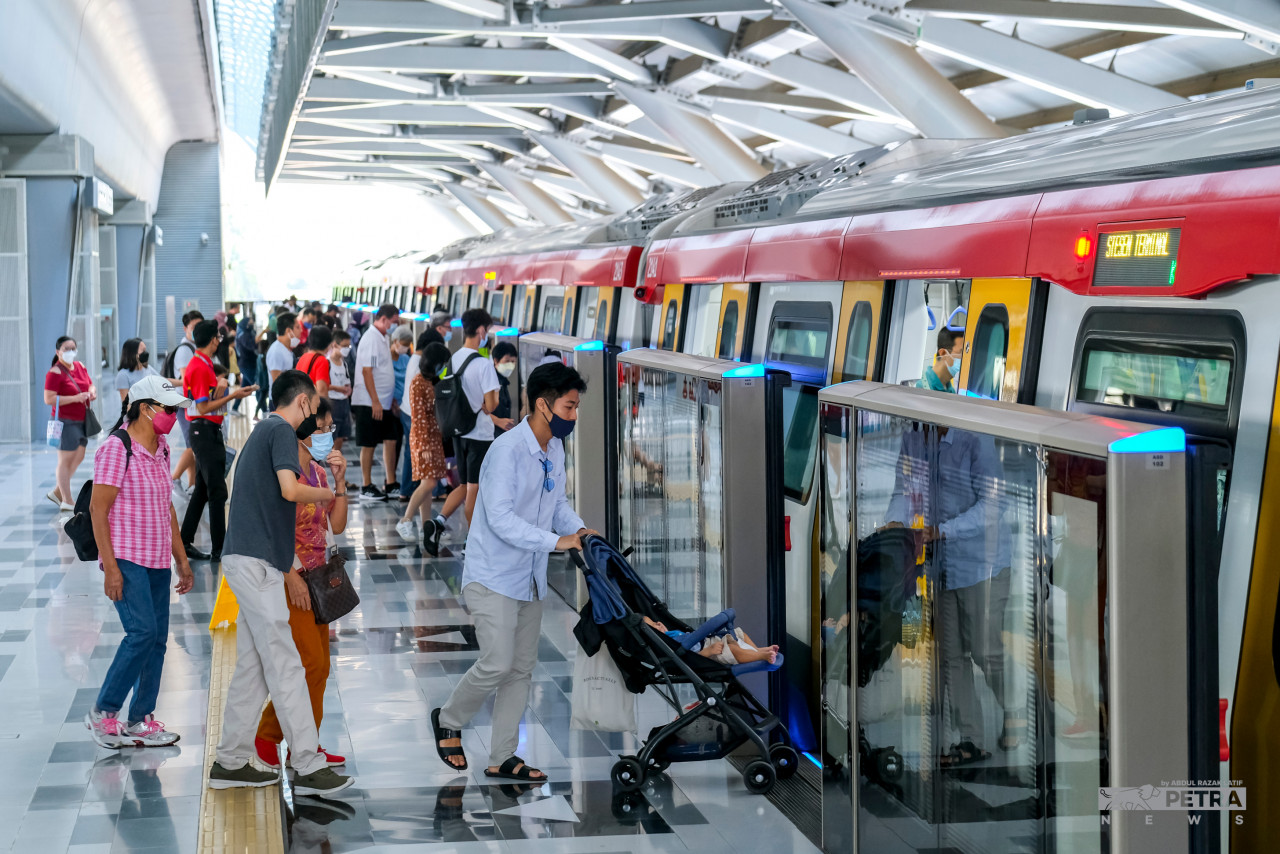
Another industry insider claimed that the driverless train system on Mass Rapid Transit (MRT) 1 and MRT 2 lines are not free from teething problems.
“Even during the trial runs of MRT 1 and 2 (lines), it wasn’t all smooth sailing. There were issues including signal loss, but they rectified and overcame it periodically as part of the learning process,” he pointed out.
Stating that ATO on the KJ line have caused safety risks, he said that the government should consider human involvement for MRT 3 and future rail services since the automated riding system “is a comprehensively complicated matter and cannot be solved instantly when facing technical problems.”
“But we can and we know how to manage the human elements. Human drivers are vital in the event of signalling and other systems failure,” he said, adding that MRT trains should also be using NTO for long-lasting service.
He recalled that in 1993, a driverless train in Tokyo missed a station and crashed into a buffer, causing injuries to 238 passengers.
The unattended train operation (UTO) has other shortcomings in comparison to a conventional system.
“The cost is definitely higher as it involves automation at rolling stock stage and signalling.
“And the maintenance costs of the system are higher as additional platform and track protection systems must be installed and maintained,” he explained. “Overall, investing into the infrastructure and driverless vehicles is extremely high.”
‘Automated trains safe and reliable’
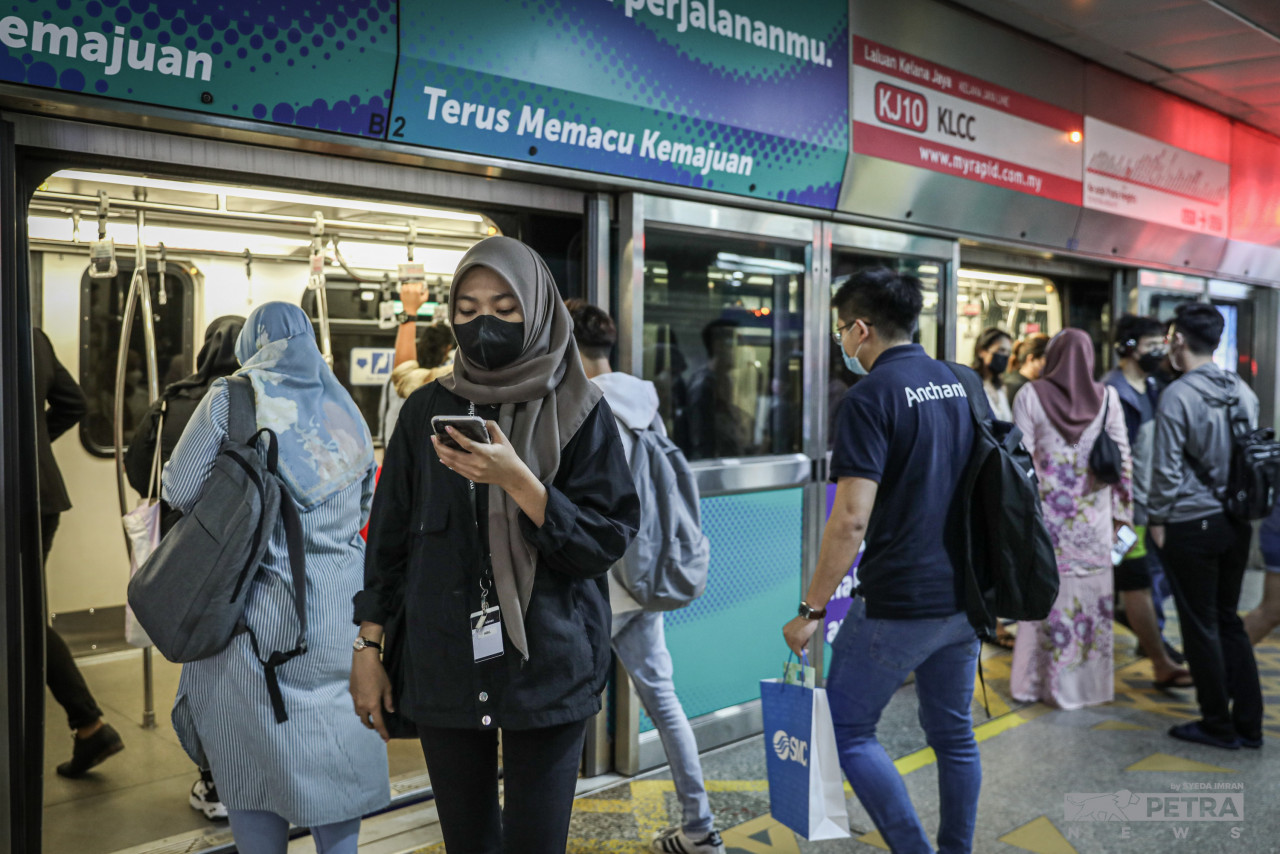
In response, first Prasarana chief executive officer Datuk Ridza Abdoh Salleh dismissed the scepticism surrounding driverless train operations.
“Automated train service headway can be reduced up to three minutes and it can be optimised up to one minute during peak hours. I doubt a human (train driver) can do that,” he said.
He stressed that fully automated trains are safe and proven reliable, “and have been in operation around the world transporting millions of people every day.”
The first fully automated metro rail service was SkyTrain, introduced in Vancouver, Canada in 1985, according to the International Association of Public Transport (UITP).
Since then, many cities across the globe introduced metro services with driverless technology such as Everline in South Korea and Line 5 in Milan.
The UITP noted that as of 2013, there were 148 cities around the world with metro systems and 32 of them used UTO.
“The benefits are there to be seen – driverless trains’ running time can be optimised while the average speed can be increased, headways shortened,” Ridza maintained.
“This is not even a comparison to begin with. I have faith in the driverless system as I have been developing it together with my team since day one of Putra LRT. We developed it from scratch.
“Now is not the question about LRT with or without (human) drivers; it is the question of how we can improve the Kelana Jaya (line) LRT service and fix the ATC,” he emphasised. – The Vibes, January 12, 2023



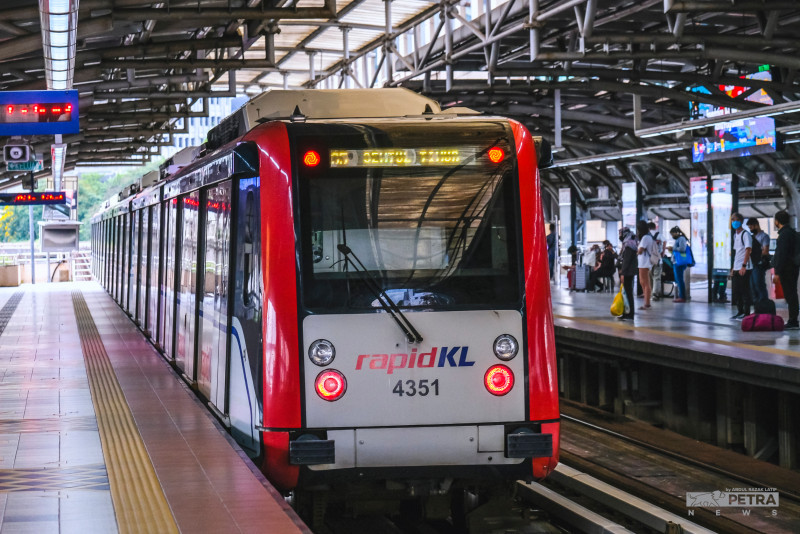


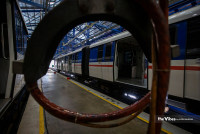


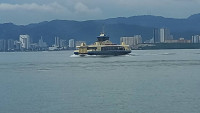
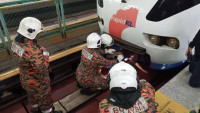

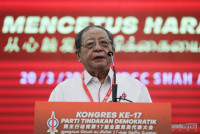

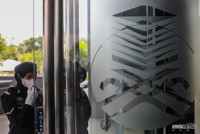










.jpg)

